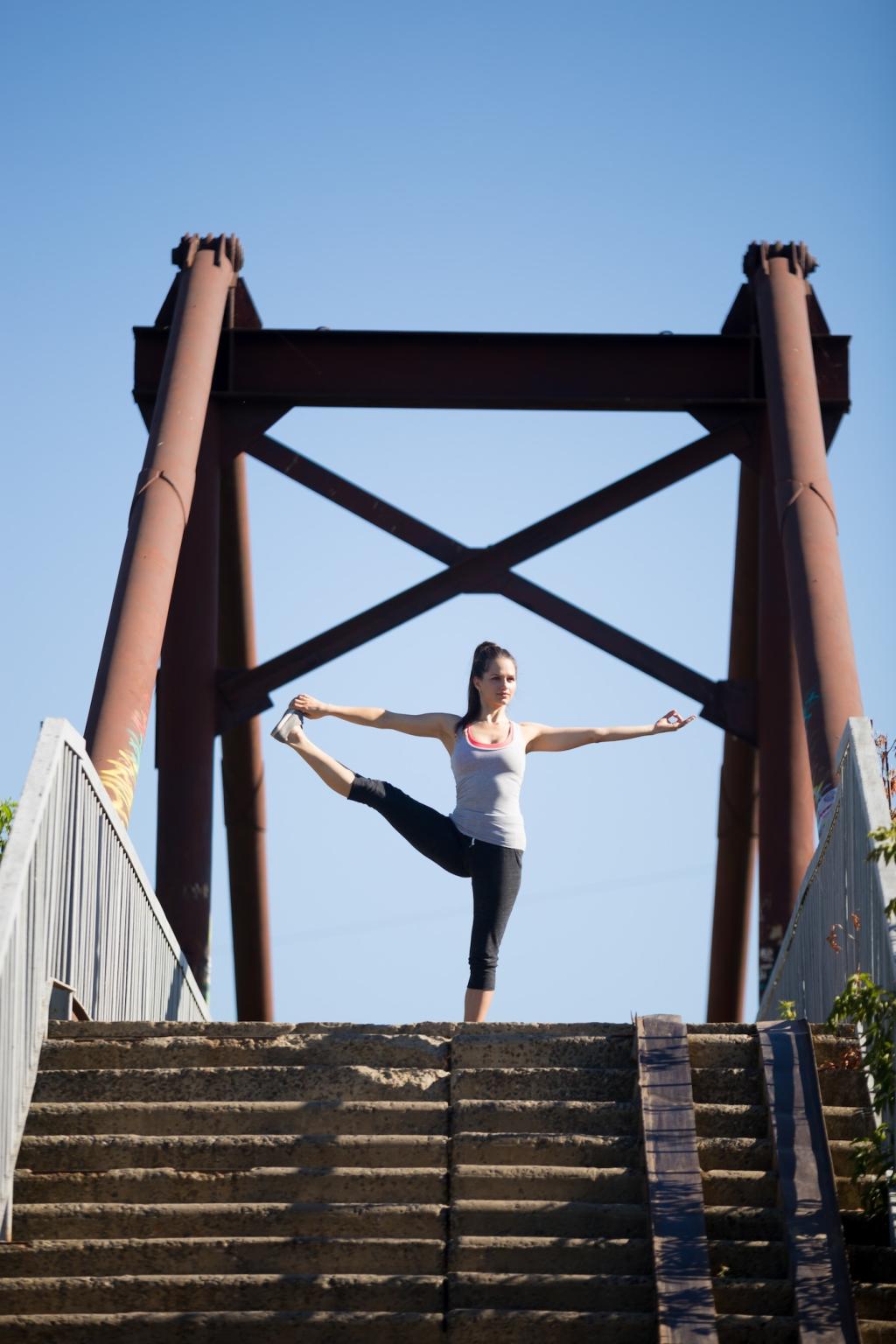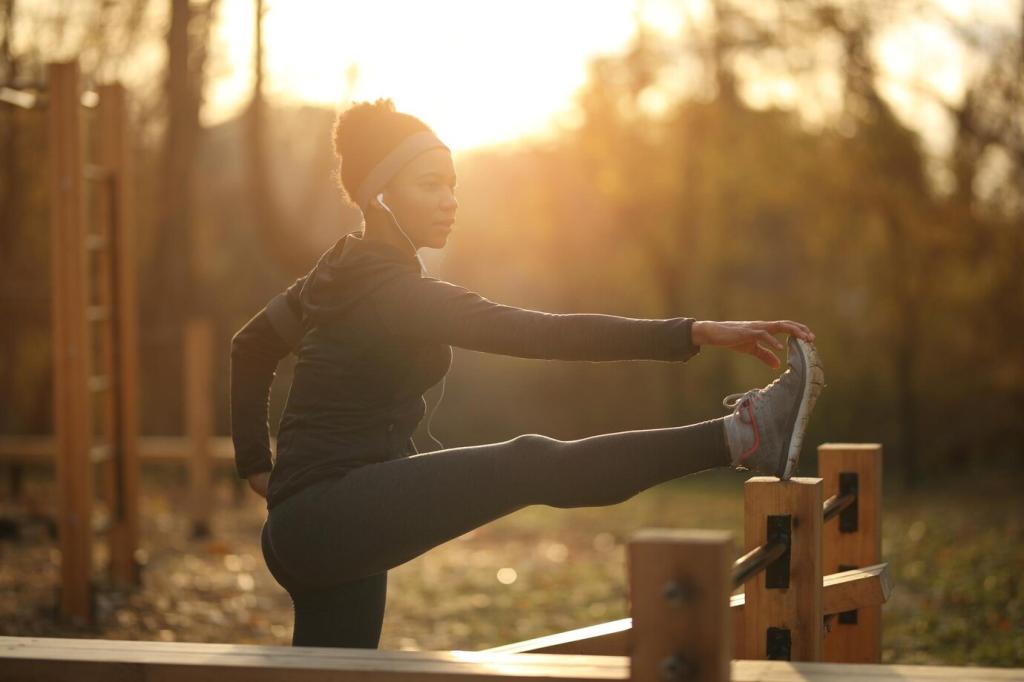Movement Without Leaving Your Desk
Sit tall, inhale and lengthen, exhale and gently round. Repeat with slow side bends and small thoracic rotations, all within comfortable range. This sequence lubricates joints, refreshes posture, and helps you feel alert without breaking professional decorum.
Movement Without Leaving Your Desk
Release keyboard tension with slow wrist circles, prayer stretches, and finger extensions. Add micro nods and diagonal neck glides. Move carefully, breathe evenly, and stop short of discomfort. A few mindful minutes can prevent end-of-day stiffness.






